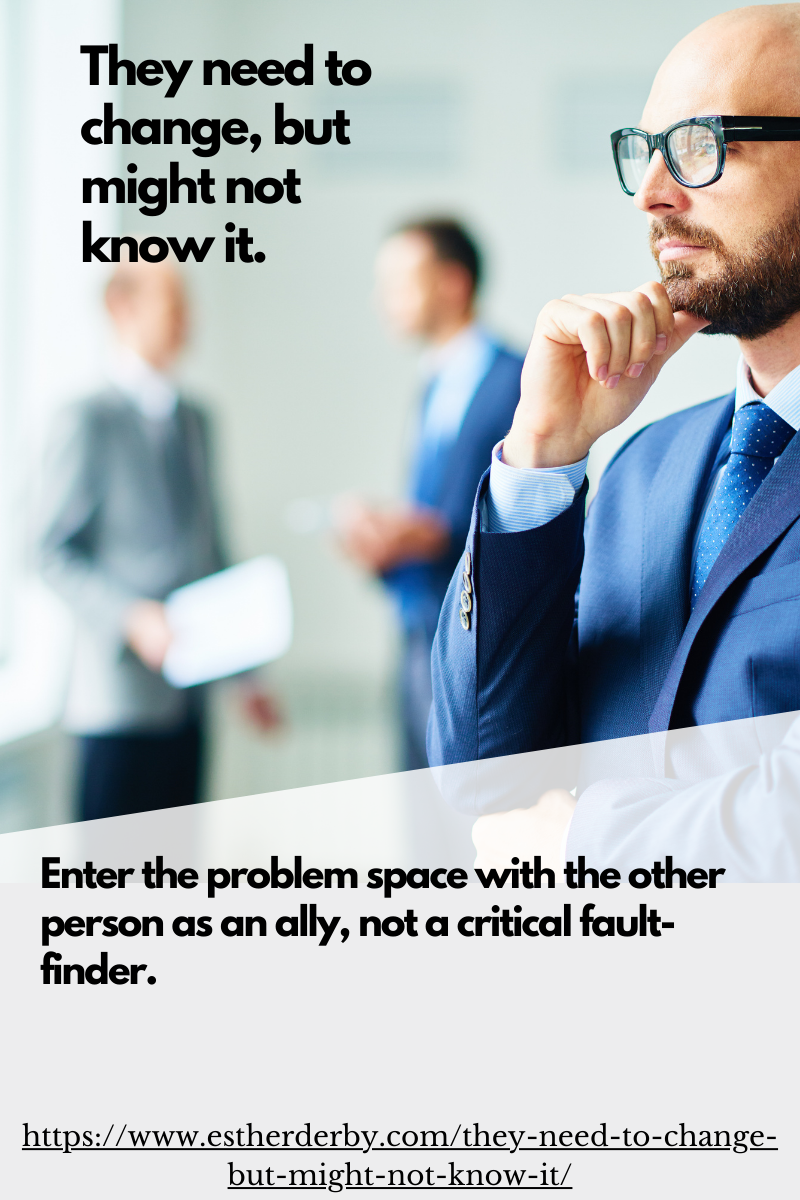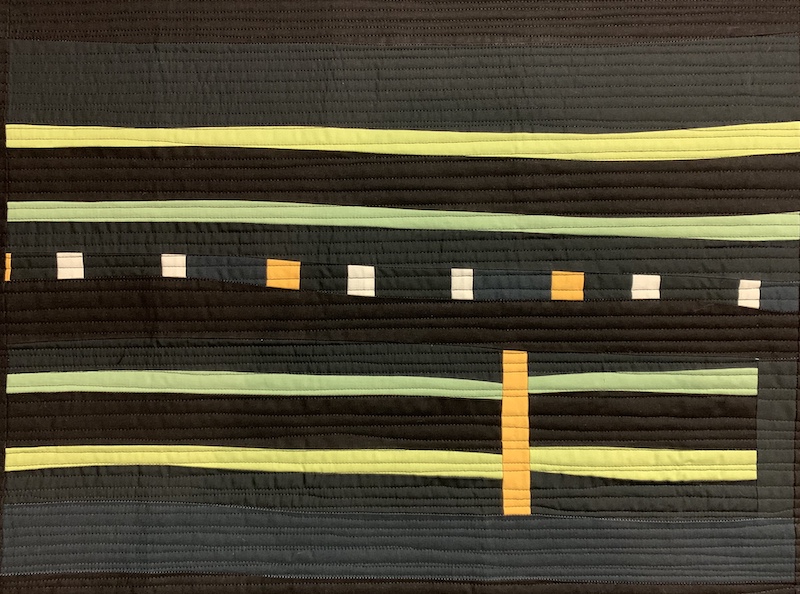In previous Super Power posts, I wrote about the importance of curiosity and observation in change. Both of those play into the Super Power I’ll discuss in this post: experimentation.
Tiny changes, done as experiments, may feel like you’re dancing around the real issue instead of facing it head-on. But many big problems cannot be addressed directly. The presenting problem is actually the result of many contributing factors. For example, one of my clients wanted to reduce cycle time. Obviously, you can’t walk over to cycle time and lop off a month, nor can you shorten it by decree. My client could only make progress on the big problem by doing something about many smaller contributors.
Aim for Tiny Changes
Big changes tend to stimulate the organizational antibodies that seek to return to the status quo and often have big unintended side-effects. Experiments, by their nature, are small, time bound. They’re not very threatening, and easier to contain if something goes wrong.
The key with experiments is to find something you can act on now, without a budget, permission, or an act of god (or some large number of vice presidents). Your goal is to nudge the system and get fast feedback, not to design the ultimate solution.
How to Think about Experiments
Here are ten questions to consider as you design and carry out experiments.
- What factors may contribute to the current problem situation? (Curiosity and observation will help you here!)
- Which factors can you control or influence?
- What is your rationale for choosing this particular experiment?
- Which question are you trying to answer with your experiment?
- What can you observe about the situation as it is now?
- How might you detect that your experiment is moving the situation in the desired direction?
- How might you detect that your experiment is moving the situation in an undesirable direction or notice undesirable side effects?
- What is the natural time scale of the experiment? When might you expect to see results?
- If things get worse, how will you recover the situation?
- If things improve, how will you amplify or spread the experiment?
In my experience, questions #6 and #7 are often the most difficult to answer. Most of us have been trained to think about Measurement with a capital M. So we look for big things to count, related to the big problem. That’s not what is needed with experiments. With an experiments, I look for indicators that my experiment is having an effect, even if it is a very subtle one.
An Example
For example, at one client, when teams didn’t deliver the desired (read, “dictated by the product owner”) number of stories, the management response was to increase pressure on the teams to deliver to “commitments.”
My experiment seeded different questions during sprint reviews. I wanted to focus attention on how work was flowing into the teams, and whether the teams had the conditions to succeed. After several reviews, the managers started asking different sorts of questions without prompting. They focused less on “holding people accountable,” and more on the issues the teams faced. I knew I my experiment was moving the situation in the right direction.
A change in questions is not so easy to count, and probably difficult to implement as a capital M Measure. But tracking the questions managers asked was quite useful as an indicator in my experiment. Different questions implied different thinking, which led to different actions, and eventually, improved project results. My experiment moved the system in a better direction and a bit closer to solving the big problem.
“But all these tiny changes will be soooo slow” you might be thinking. Most big problems didn’t appear in a day—although sometimes it looks that way. Big problems are the result of accumulated effects over time. They did’t arrive in a day, and they won’t be solved in a day. But, bit by bit, experiment by experiment, you can make things better.




0 Comments
Trackbacks/Pingbacks